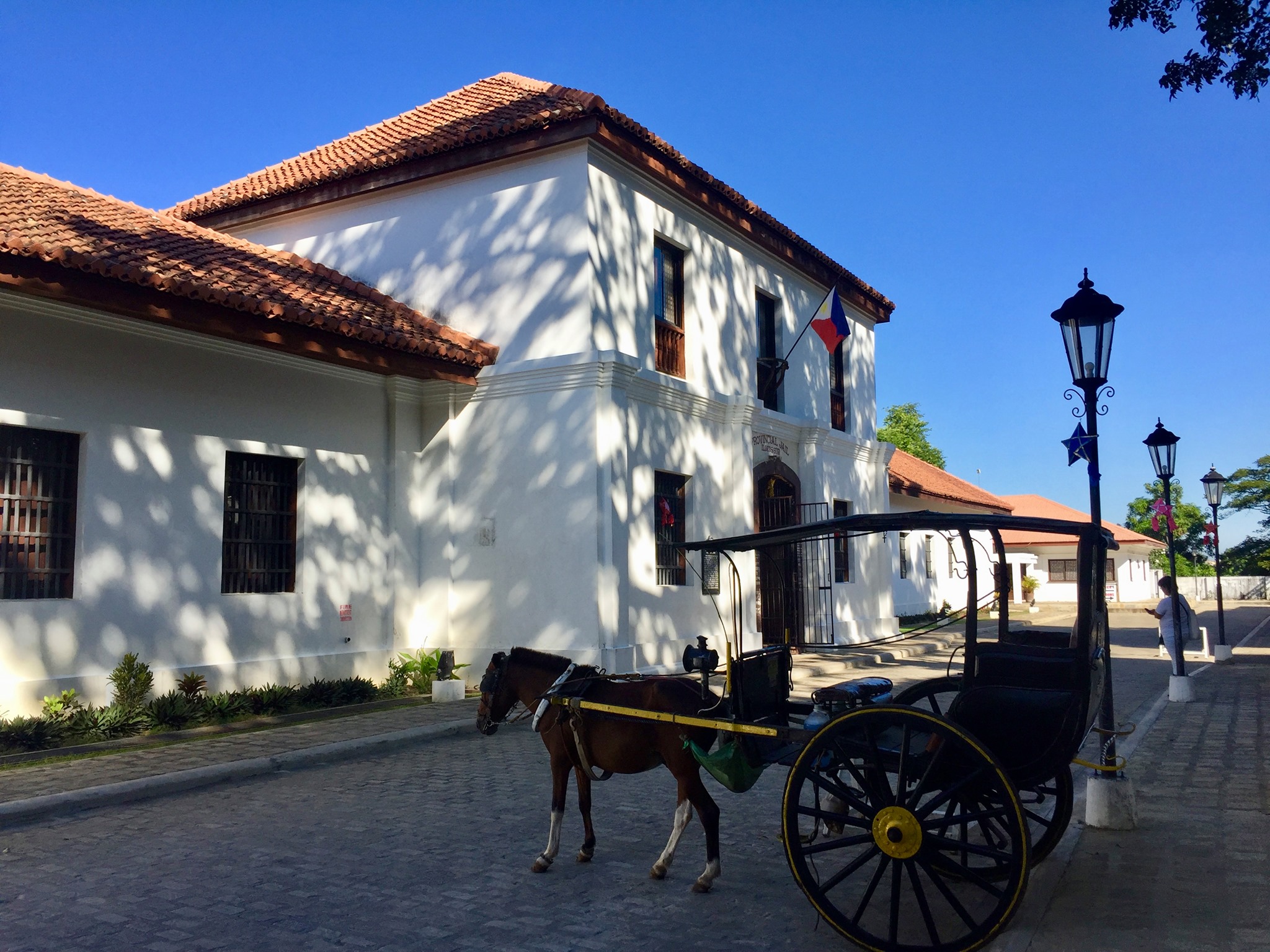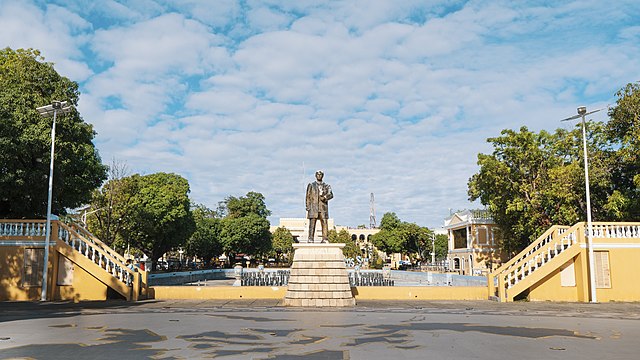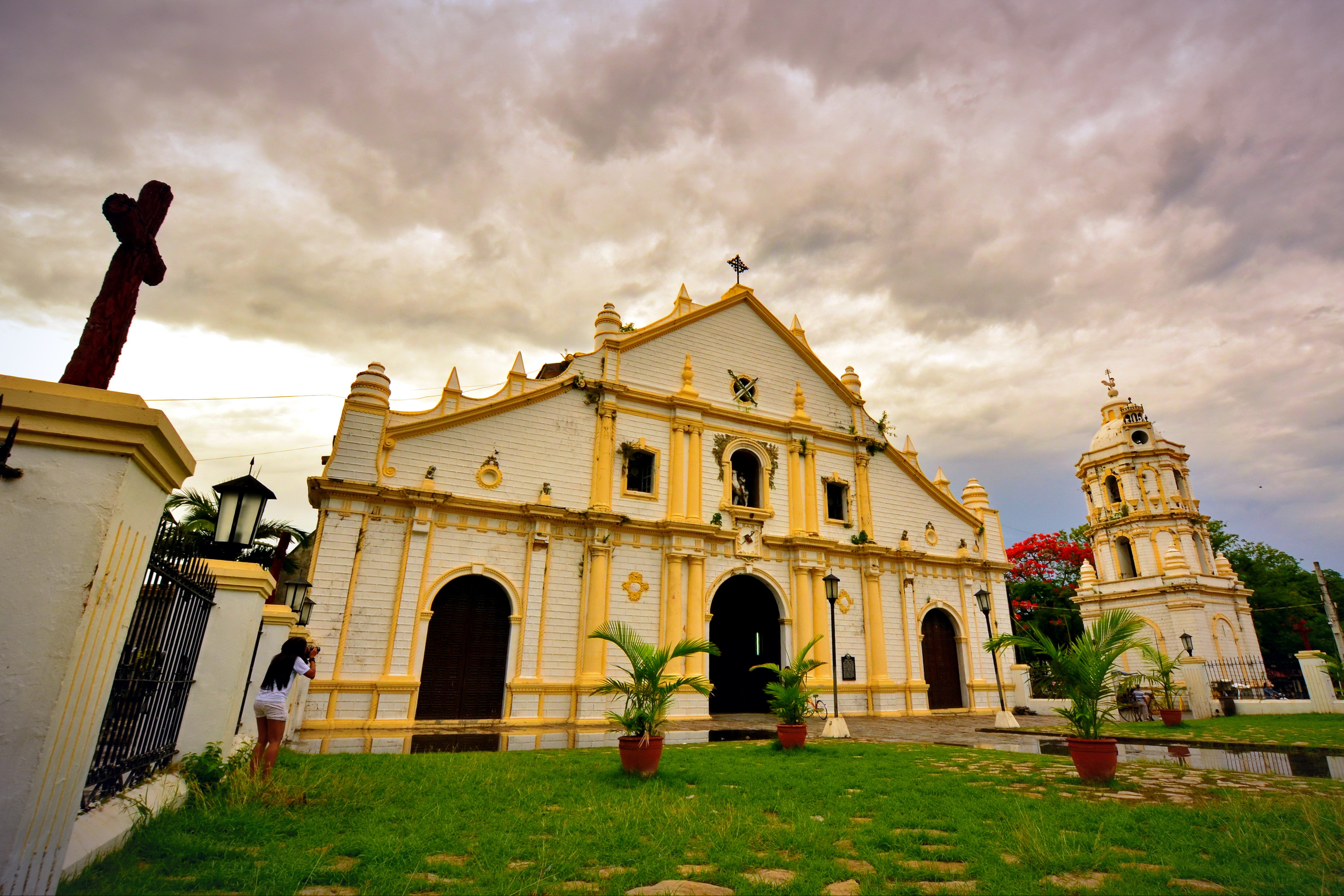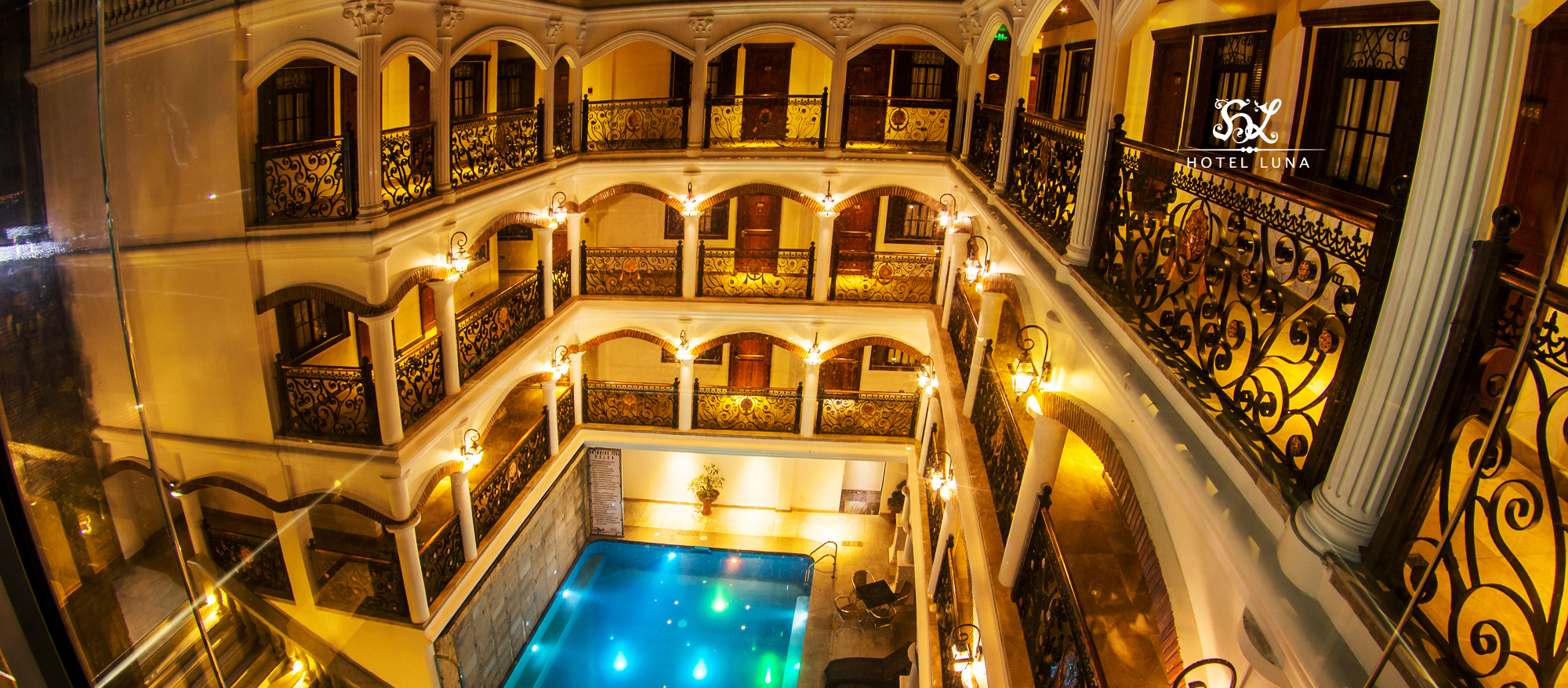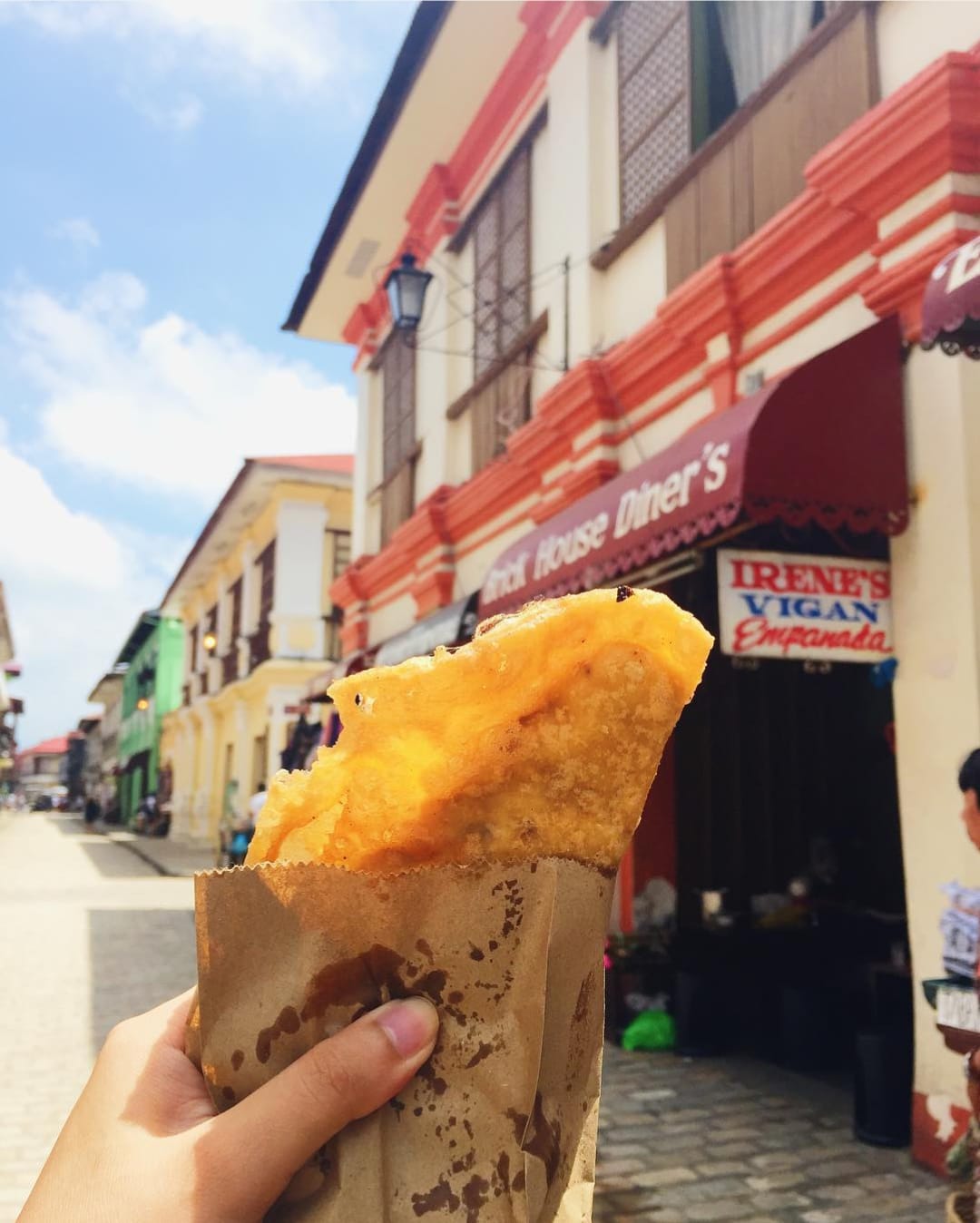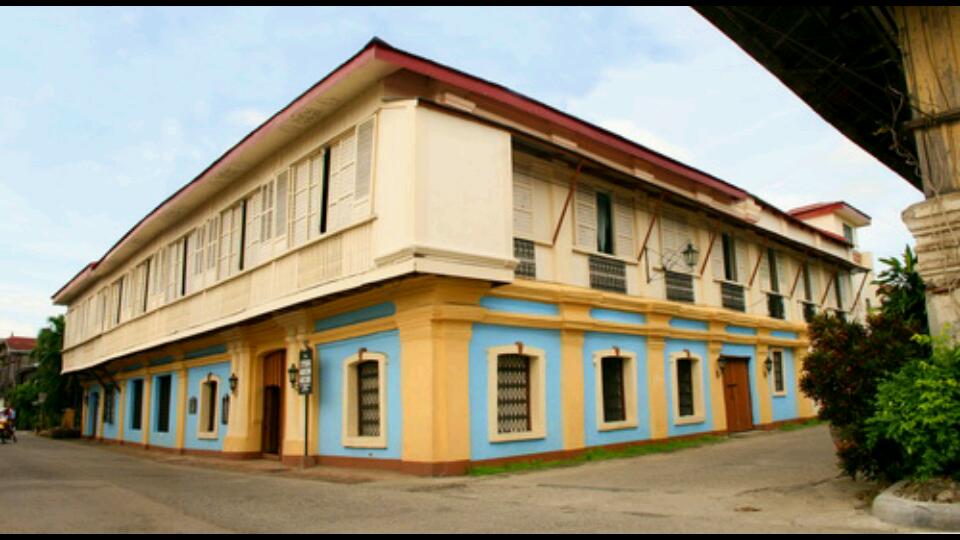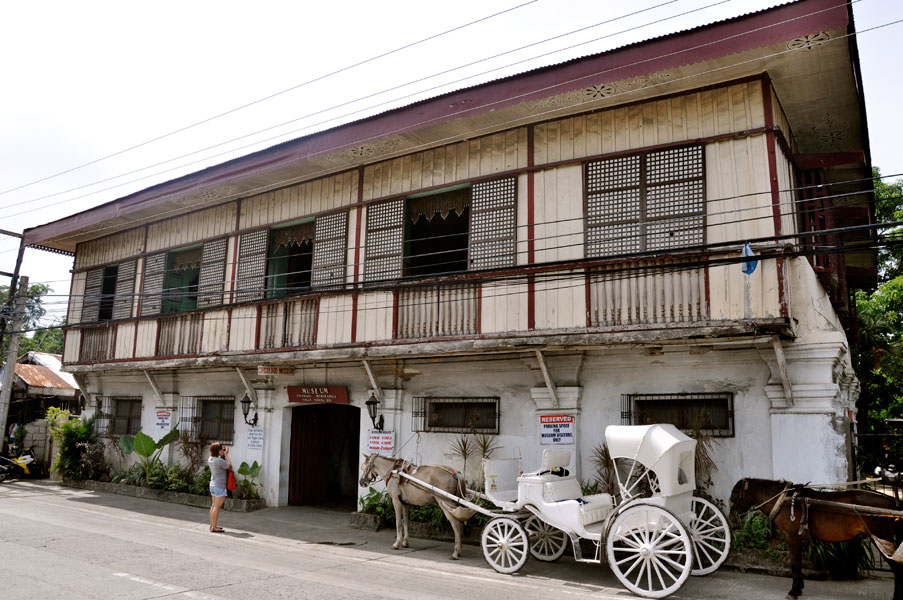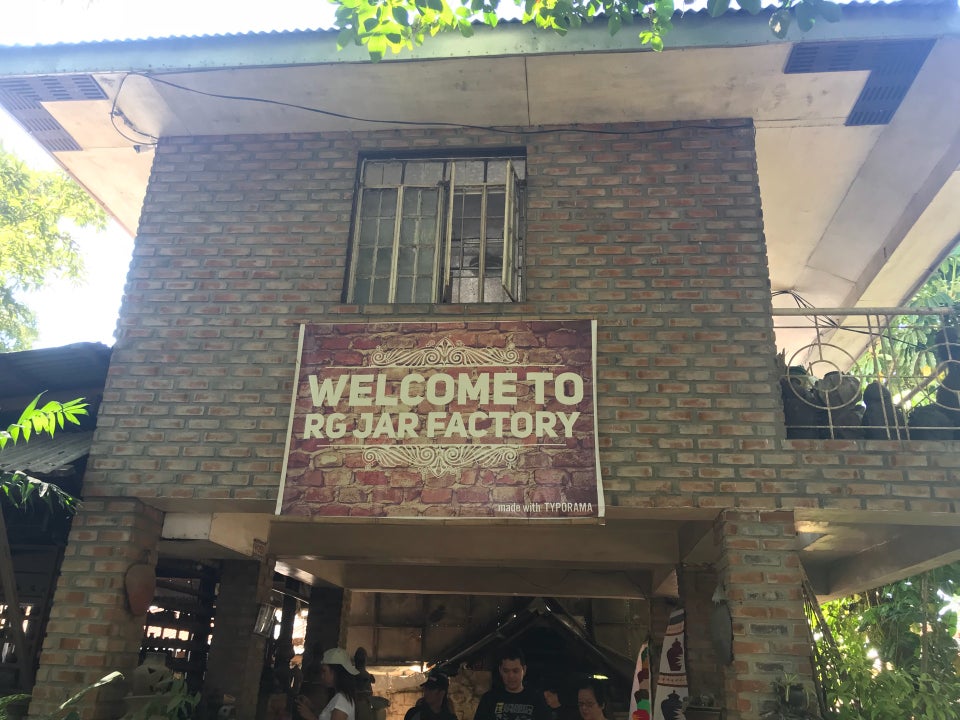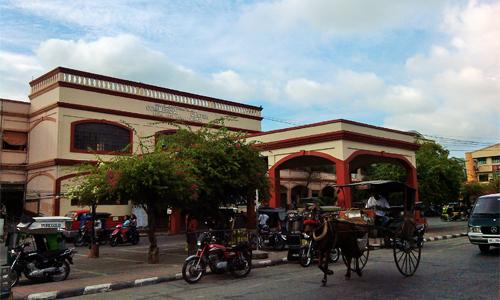Welcome to Vigan City in Ilocos Sur, and welcome to Anthro on Foot's walking tour! This is a
self-paced walking
tour that features key heritage sites and cultural highlights in the area. We hope you enjoy this tour
as much as
we enjoyed curating it!
The precolonial history of Vigan in Ilocos Sur is deeply rooted in the cultural heritage of the
indigenous peoples who have inhabited the region for centuries.
Vigan was home to indigenous groups with their own distinct languages, cultures, and traditions.
The Ilocano people are the predominant group in the region.
Vigan held significance as a vital coastal trading post in pre-colonial times. Well before the
arrival of Spanish galleons, Chinese junks navigated the South China Sea to reach Isla de Bigan via
the Mestizo River. Seafaring merchants engaged in barter, exchanging goods from various Asian
kingdoms for gold, beeswax, and other products from the Cordilleras. This interaction led to the
settlement of immigrants, primarily Chinese, in Vigan, fostering intermarriage with the local
population and giving rise to the diverse cultural heritage of the Bigueños.
The arrival of the Spanish colonizers in the 16th century marked a significant turning point in the
history of Vigan, Ilocos Sur, and the Philippines as a whole. The influences of colonial rule,
changes in governance, and the introduction of Christianity have shaped the modern cultural
landscape of the area.
In 1572, King Philip II dispatched Captain Juan de Salcedo and around 80 soldiers to explore the
coast of Los Ilocano. Departing from Manila on May 20, 1572, they reached Vigan on June 12, 1572.
Following this expedition, Don Juan de Salcedo established Villa Fernandina de Vigan in tribute to
King Philip II's late son, Prince Ferdinand.
As a token of recognition for his service, Salcedo was granted the encomienda of the old province
of Ylocos, comprising Ilocos Norte, Ilocos Sur, Abra, La Union, and parts of the Mountain Province.
He was also honored with the title Justicia Mayor de esta Provincia de Ylocos or Chief Justice of
this Province of Ilocos. Under the encomienda system, the indigenous populations were compelled into
labor in exchange for alleged protection and Christian guidance from the colonizers.
Returning to Vigan in January 1574, Salcedo brought Augustinian Missionaries to spearhead the
evangelization of Ylocos and to establish a Spanish city for regional control. Legend has it that
when Salcedo asked a local about the place's name in Spanish, the local misunderstood and thought
Salcedo was inquiring about the vegetation on the ground. The local responded with "bigaa apo, bigaa
apo," referring to a tuber plant from the taro family. From that moment, the Spaniards named the
place Bigan.

